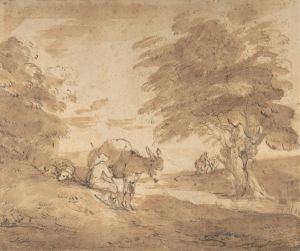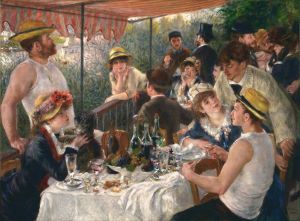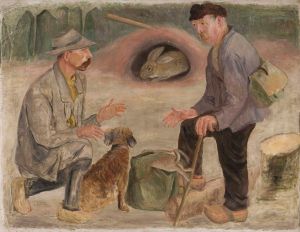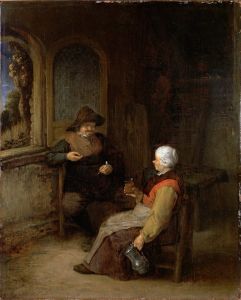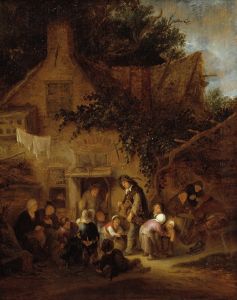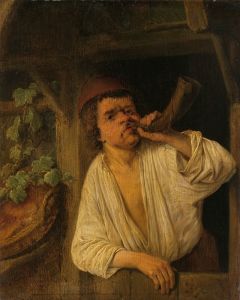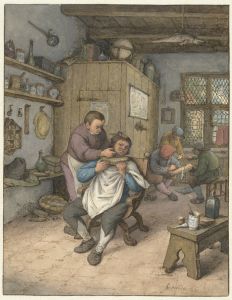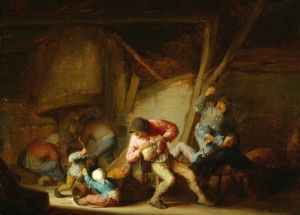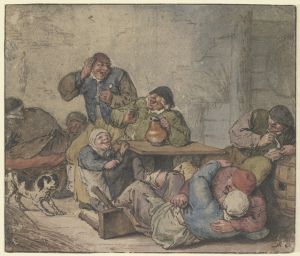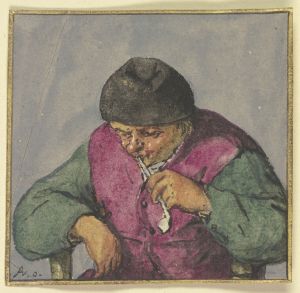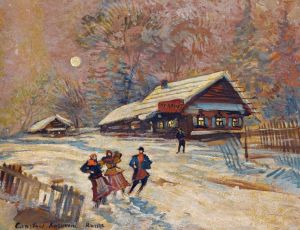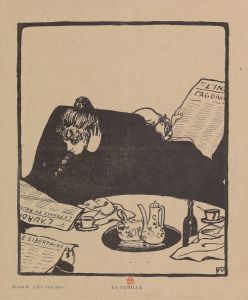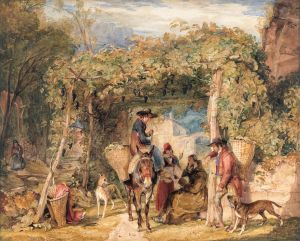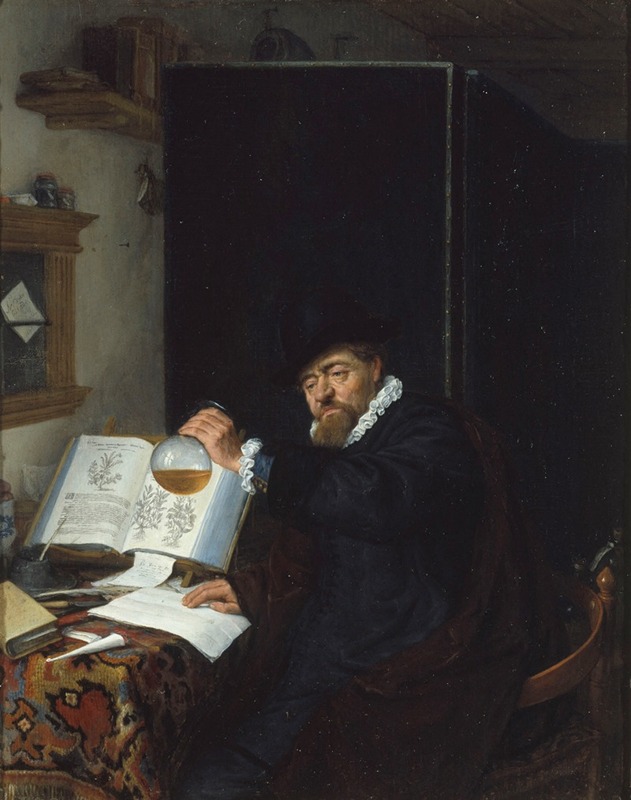
L’Analyse
A hand-painted replica of Adriaen van Ostade’s masterpiece L’Analyse, meticulously crafted by professional artists to capture the true essence of the original. Each piece is created with museum-quality canvas and rare mineral pigments, carefully painted by experienced artists with delicate brushstrokes and rich, layered colors to perfectly recreate the texture of the original artwork. Unlike machine-printed reproductions, this hand-painted version brings the painting to life, infused with the artist’s emotions and skill in every stroke. Whether for personal collection or home decoration, it instantly elevates the artistic atmosphere of any space.
Adriaen van Ostade was a Dutch Golden Age painter known for his genre scenes depicting peasant life. Born in 1610 in Haarlem, Netherlands, van Ostade was a contemporary of other notable artists such as Frans Hals and Rembrandt van Rijn. He was a student of Frans Hals, which influenced his early work, although he later developed his own distinctive style.
One of van Ostade's works is titled "L’Analyse." However, there is limited specific information available about this particular painting. Van Ostade's oeuvre primarily consists of scenes portraying the daily life and activities of peasants, often set in rustic interiors or village exteriors. His paintings are characterized by their detailed observation, warm color palette, and a sense of humor or irony.
Van Ostade's work often reflects the social and economic conditions of the 17th-century Dutch Republic. His paintings provide insight into the lives of the lower classes, capturing moments of leisure, work, and social interaction. The subjects of his paintings are typically engaged in activities such as drinking, playing music, or engaging in conversation, often depicted with a sense of joviality or mischief.
"L’Analyse," like many of van Ostade's works, would likely feature these elements, showcasing his ability to capture the nuances of human expression and interaction. His paintings are noted for their lively compositions and the way they convey the textures and materials of the depicted scenes, from the roughness of wooden furniture to the softness of clothing.
Van Ostade's influence extended beyond his own time, as he was part of a broader movement of genre painters who focused on everyday life rather than historical or religious themes. This shift in focus was part of a larger trend in Dutch art during the 17th century, reflecting the values and interests of a burgeoning middle class.
Throughout his career, van Ostade produced a significant number of paintings, drawings, and etchings. His works are held in high regard and can be found in major museums around the world, including the Rijksmuseum in Amsterdam and the Louvre in Paris. Van Ostade's legacy is that of a keen observer of human nature, whose works continue to be appreciated for their artistic merit and historical significance.
While specific details about "L’Analyse" are scarce, it can be appreciated within the context of van Ostade's broader body of work, which celebrates the vibrancy and complexity of everyday life in the Dutch Golden Age. His paintings remain a valuable resource for understanding the cultural and social dynamics of his time.






